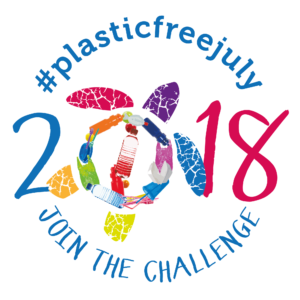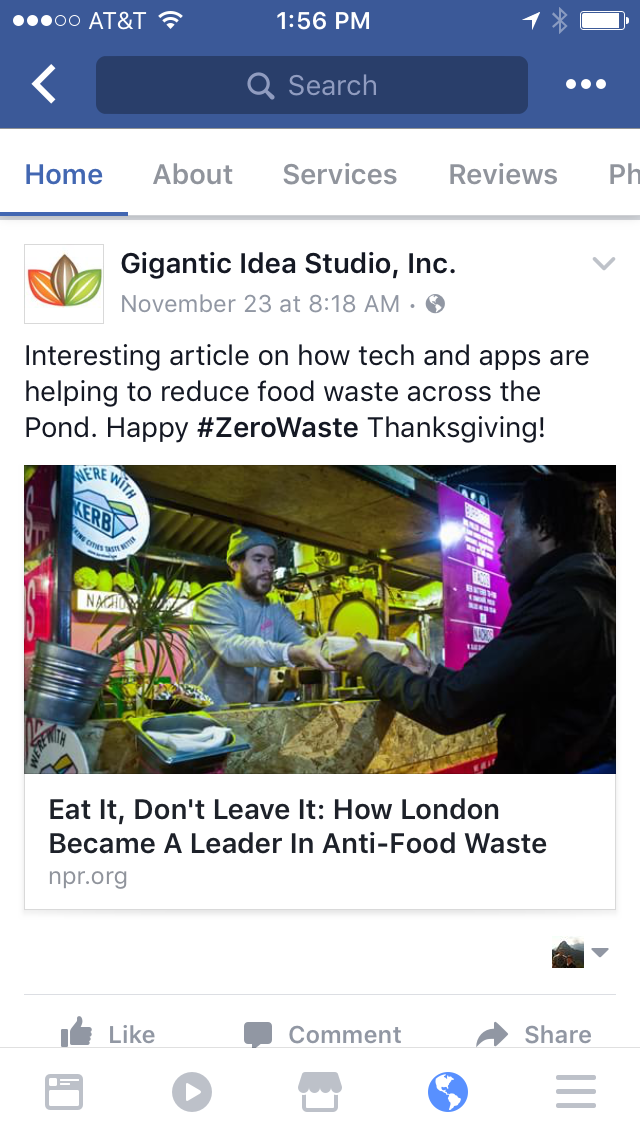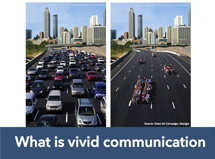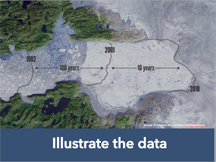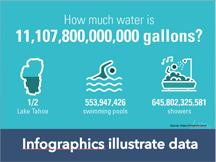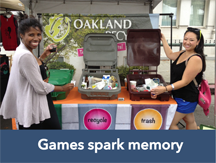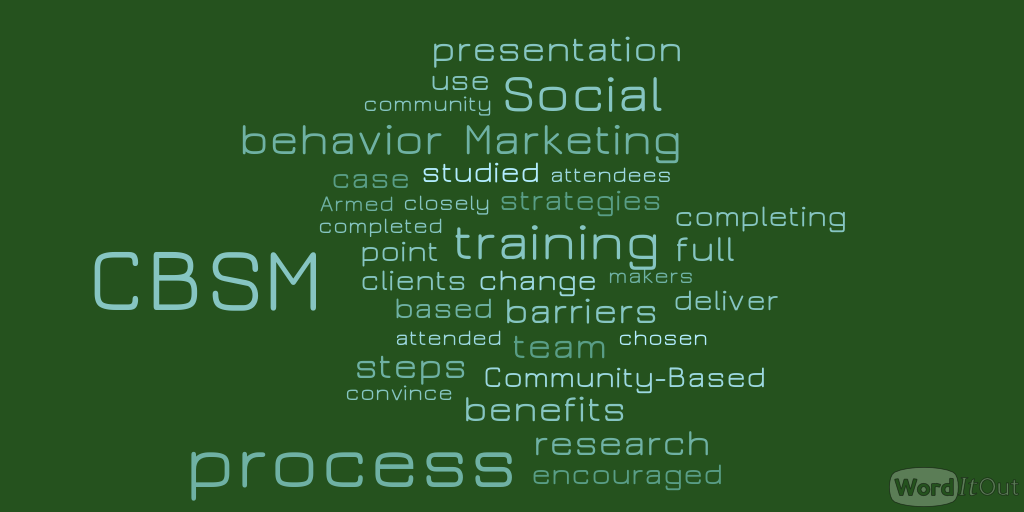This past year, we accepted the challenge to help San Mateo County develop a countywide social marketing campaign designed to improve compost quality by addressing contamination of food scraps and yard trimmings collected in the county.
The Project
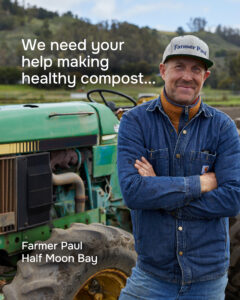 Gigantic Idea Studio developed a scope of work that included as much of the community-based social marketing (CBSM) process as time and budget would allow:
Gigantic Idea Studio developed a scope of work that included as much of the community-based social marketing (CBSM) process as time and budget would allow:
- Secondary research review of data from haulers, public agency RethinkWaste, transfer stations and composting facilities and similar campaigns,
- Primary research via focus groups, with message development and testing and finally,
- Campaign creative and a pilot study toolkit, with an implementation guide.
Partnering for Success
Gigantic partnered with R3 Consulting Group to analyze data and identify the top contaminants and sources of contamination. Unsurprisingly, plastics, especially film plastics, were most common. Multi-family dwellings (MFDs) and commercial businesses were the top sources. To keep within the time and budget, we chose plastic as the target contaminant, and MFDs as the target audience.
We also partnered with Green Motivate to look at messaging of similar campaigns conducted in Vermont; Boulder, Colorado; Oregon and Snohomish County, Washington. Each had compelling messages and images— some of which inspired our campaign.
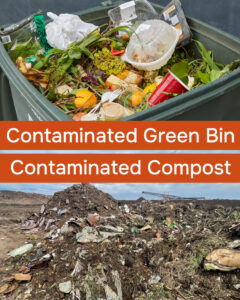 Partnering with Engel Research Partners, we conducted focus groups in English, Spanish and Cantonese to test selected messages and learn more about the barriers and benefits related to food scrap and yard trimming collection programs.
Partnering with Engel Research Partners, we conducted focus groups in English, Spanish and Cantonese to test selected messages and learn more about the barriers and benefits related to food scrap and yard trimming collection programs.
Top Takeaways
- Most people were unclear about what happens to the contents of their green bins after they are collected.
- Once they understood that compost was used in gardens, parks and farms, residents seemed more motivated to learn how to prevent contamination.
- Motivating messages included links to local agriculture, farmers/farmworkers and health.
- But people also wanted clear, easy to understand instructions on how to compost correctly— not just inspiration and fluff.
- Bin is the preferred term (vs. carts) to refer to wheeled carts and larger rolloff bins.
From these learnings we created a messaging strategy to inform a storytelling video, article and social media posts that included:
- Awareness messaging: “Contaminated Green Bin=Contaminate Compost”
- Motivational messaging: “We need your help making healthy compost for San Mateo County gardens, parks and farms,” and
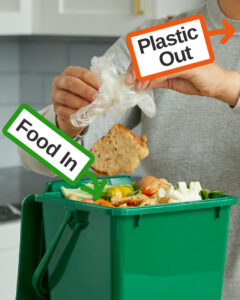 Instructional messaging: “Keep All Plastic Out of the Green Bin” and “Food In/Plastic Out”.
Instructional messaging: “Keep All Plastic Out of the Green Bin” and “Food In/Plastic Out”.
For on-the-ground interventions, the campaign toolkit also included bin area signage, a downloadable kitchen sign, and a pilot study methodology. To reach the top monolingual, non-English speaking communities, we partnered with InterEthnica to adapt all campaign collateral into Spanish and Chinese.
While the CBSM components will be implemented locally by stakeholders, the County will be doing a media campaign to support on-the-ground efforts, running sometime this fall.
Lizzie Carrade of the San Mateo County Sustainability Department presented the campaign at the California Resource Recovery Association Annual Conference this year. We are proud to have been part of the team trying to address this pervasive problem.
